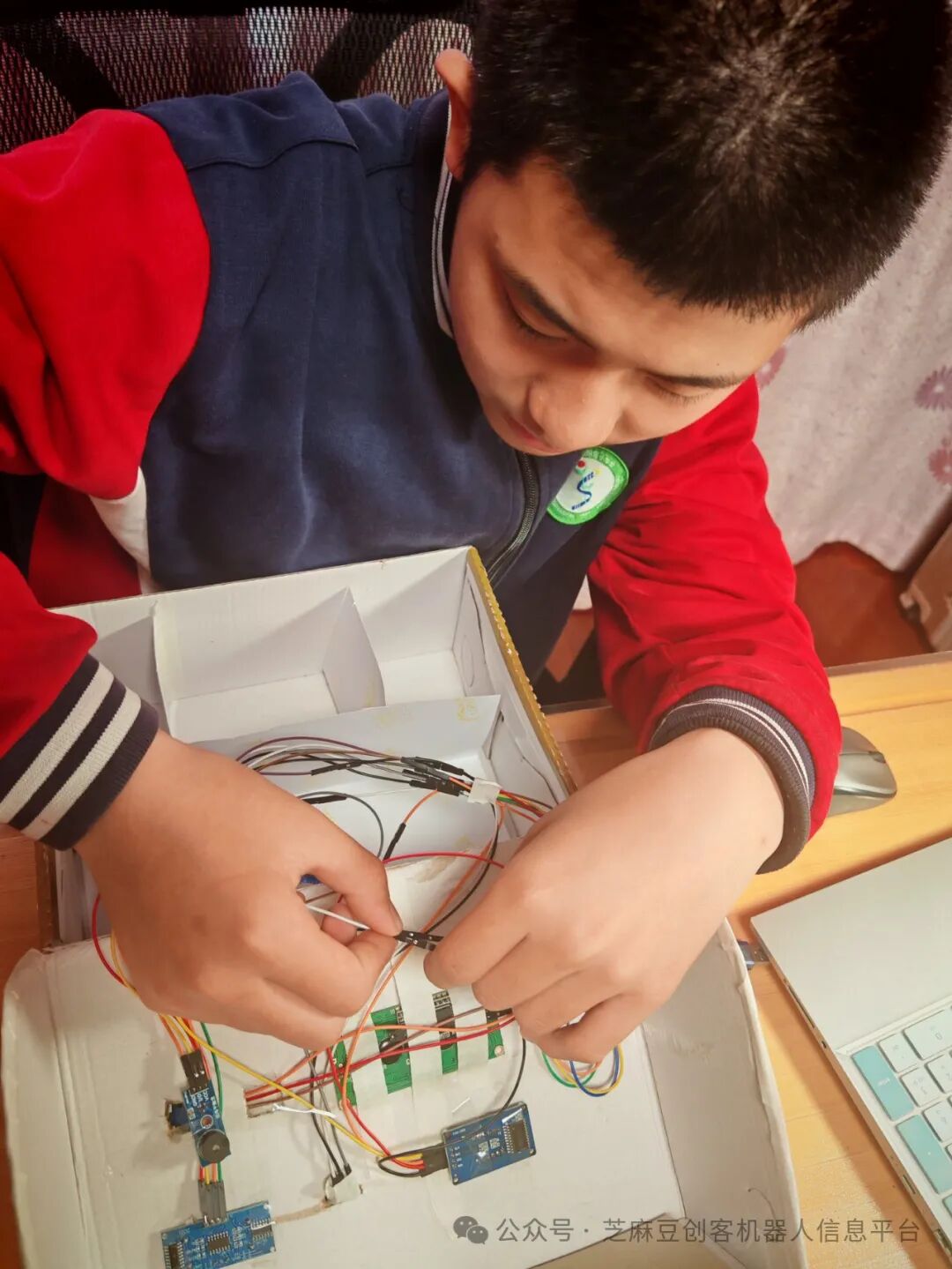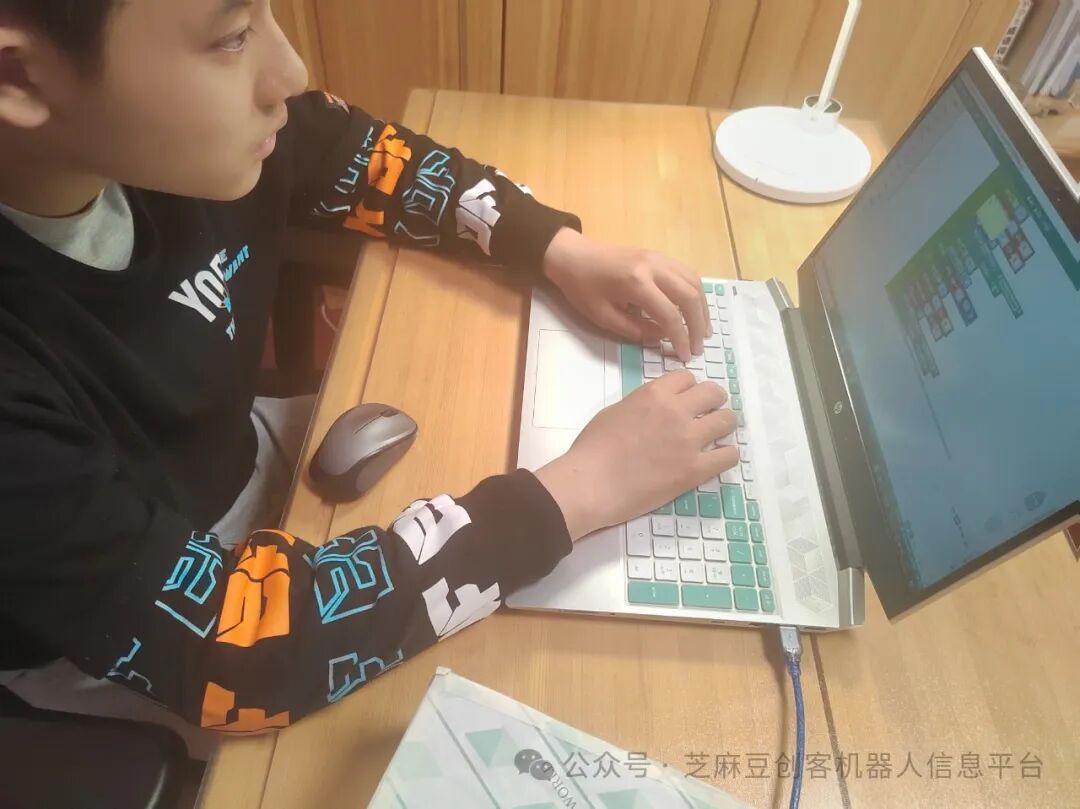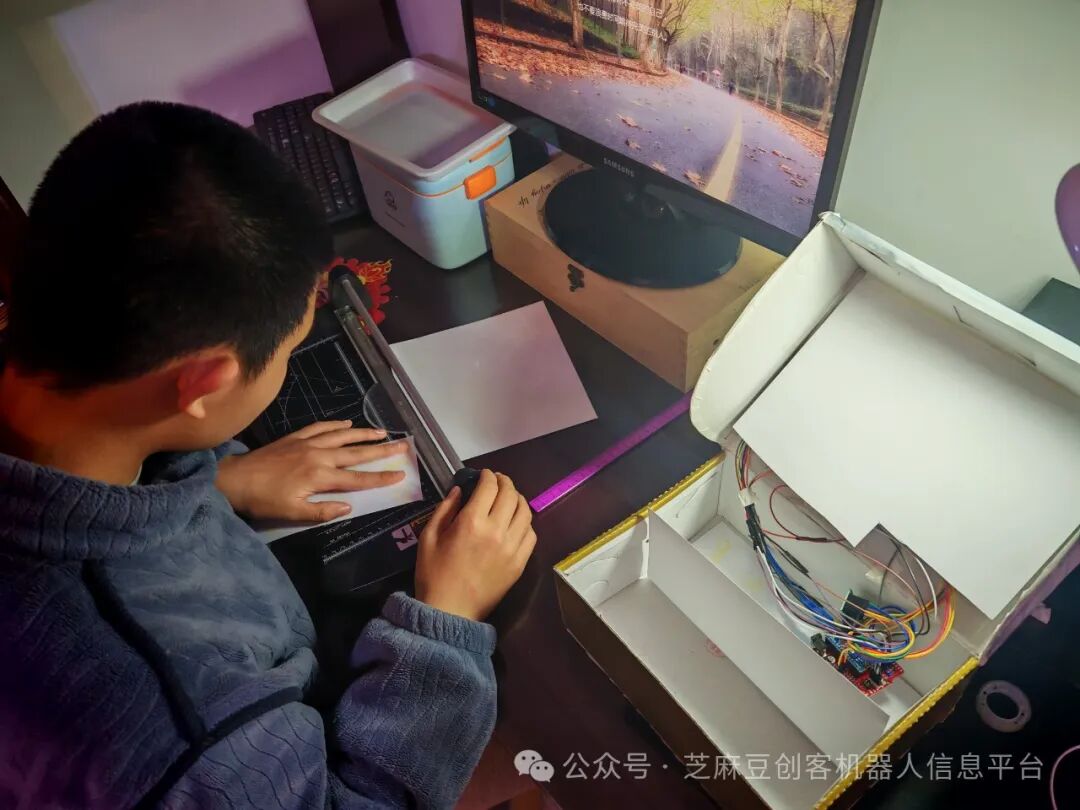1. Research Background
(1) Current Research Status
According to data from the National Health Commission, the prevalence of chronic diseases among the elderly population over 60 years old in China reaches 75.8%, with 83% requiring long-term medication. Most traditional pillboxes on the market only have the function of drug compartmentalization, lacking the ability to actively remind users and record medication behavior. Due to memory decline or vision impairment, elderly individuals are prone to missing doses or taking the wrong medication, which not only affects treatment efficacy but may also pose serious health risks. Therefore, designing a smart pillbox that can actively remind users, record medication behavior, and provide interactive feedback is particularly important.
(2) Appearance and Structural Design
The smart pillbox has a portable rectangular structure. It is divided into multiple independent compartments, each capable of storing different types or dosages of medication. The compartments are separated by partitions to ensure that medications do not get mixed up. The top of the pillbox integrates an electronic component area, including an LCD display, ultrasonic sensors, a clock digital tube, LED lights, button sensors, and a buzzer, all connected through a precision circuit board to achieve the smart functions of the pillbox.
(3) Functional Features
1. Three-level reminder system: Light (red LED) → Sound (beeping) → Text (LCD screen).
2. Dynamic perception system: Ultrasonic sensors detect hand movements (effective distance 0-5cm), recognizing the action of taking medication.
3. Mandatory feedback mechanism: Button sensors enable dual-mode switching (reminder mode / silent mode).
2. Innovation Directions
(1) Multi-Sensor Collaborative Work
This smart pillbox integrates various sensors, including ultrasonic sensors, clock digital tubes, and button sensors, to achieve precise medication reminders and interactive feedback through multi-sensor collaboration.
(2) Interactive Innovation
Combining physical buttons with gesture recognition (triggered by waving). Ultrasonic sensors are used to detect the distance between the hand and the pillbox to determine whether the action of taking medication is completed; button sensors are used to implement functions such as forced shutdown mode.
3. Video and Image Display



